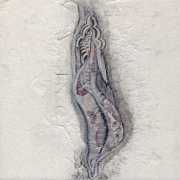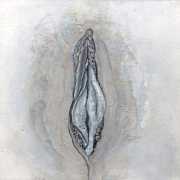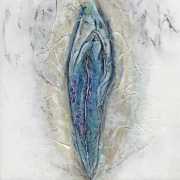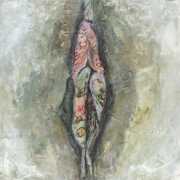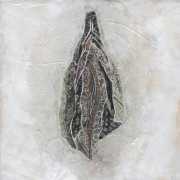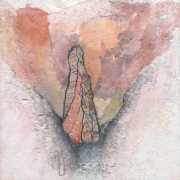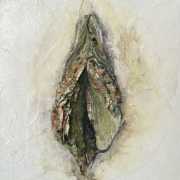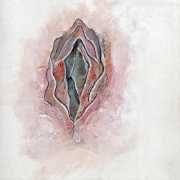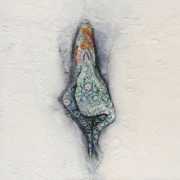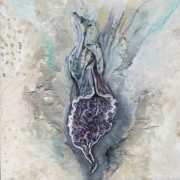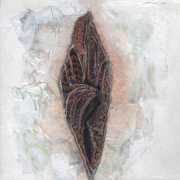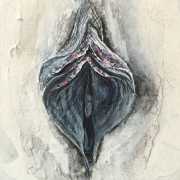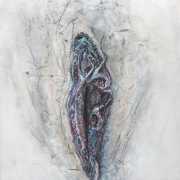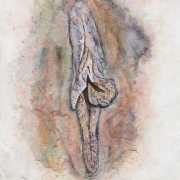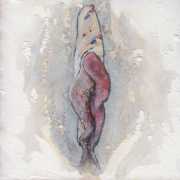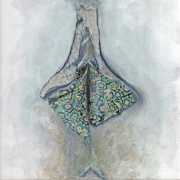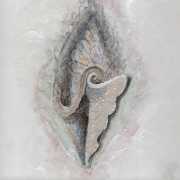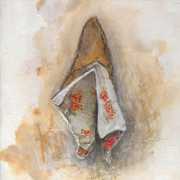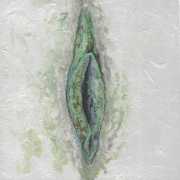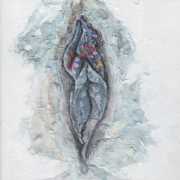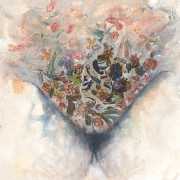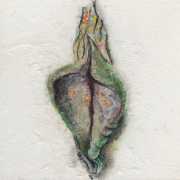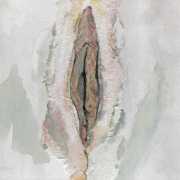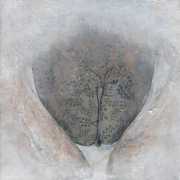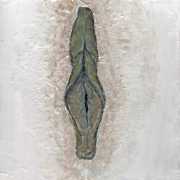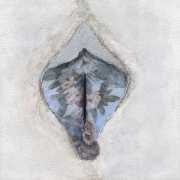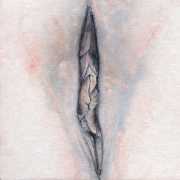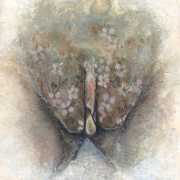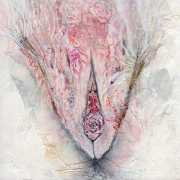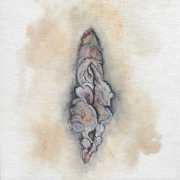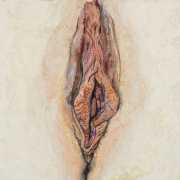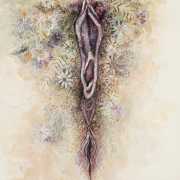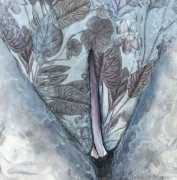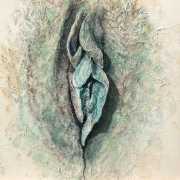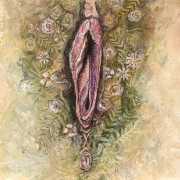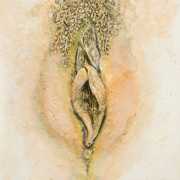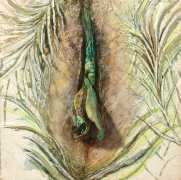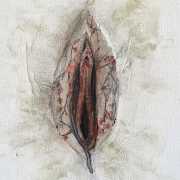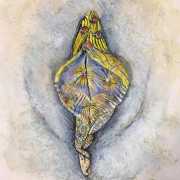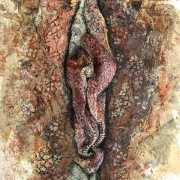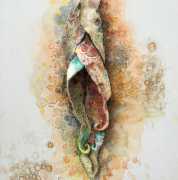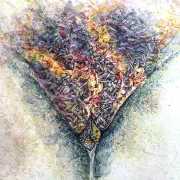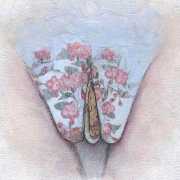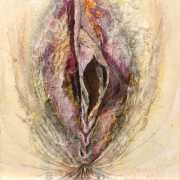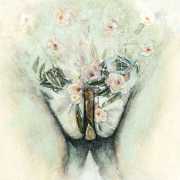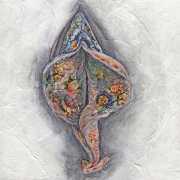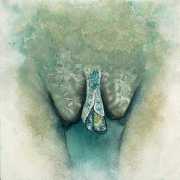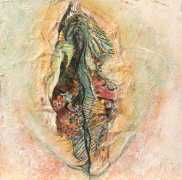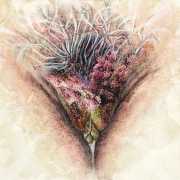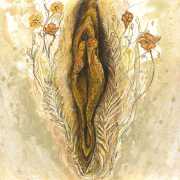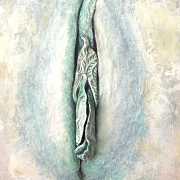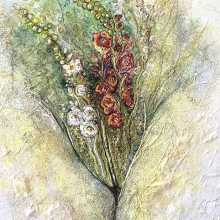 Vulvas emblazoned with cherry blossoms, roses, butterflies, and irises take their place as wonders of the natural world in Jacqueline Secor’s expressive mixed-media paintings. Her statement is political, as far as women’s bodies are battlegrounds, and the series has earned both praise and controversy in equal measure.
Vulvas emblazoned with cherry blossoms, roses, butterflies, and irises take their place as wonders of the natural world in Jacqueline Secor’s expressive mixed-media paintings. Her statement is political, as far as women’s bodies are battlegrounds, and the series has earned both praise and controversy in equal measure.
Secor explains the context of The Diversity of Nature with a manifesto: ‘Women’s bodies have been blamed for inciting sexual violence that is enacted against them. Breastfeeding has been deemed indecent. Birth control has been regulated by politicians who have never menstruated. Laws, religious texts, and social norms attempt to regulate women’s bodies. From the time a little girl is told she’s cute, to the first time that she’s called sexy, the message is the same – her worth comes from her appearance. There is nothing wrong with celebrating feminine beauty, but it’s problematic when beauty is the only feminine value worth celebrating.’
Each 6-inch square painting takes 25–35 hours of work. Secor’s sculptural style involves sculpting the crevasses with paper and gesso, so her subjects protrude from the canvas and demand attention. She draws in the eye with colourful acrylic, watercolour, ink and soft pastel, creating a collage-like aesthetic by incorporating torn-up sketches. Surreal nature motifs elevate her skilful attention to the female form. ‘Once the piece is done it’s actually interactive, which is hard to see in a picture. You can carefully push or pull the layers to see different patterns in-between and underneath,’ she explains.
Models from around the world posed for The Diversity of Nature, making Secor’s palette of labias majora and minora as diverse as the rich colours she uses to paint them. ‘Through my personal experience with body dysmorphia I hope to create a pathway for conversation that empowers the female body,’ she says. ‘The popularity of cosmetic surgery and the millions of dollars spent to construct the perfect look has always disturbed me, but I was especially saddened when I heard of labiaplasty, an increasingly prevalent surgery to change the vulva’s appearance.’
With her work, she sends the message that every vulva is a beautiful flower – in some cases literally. ‘When I look at my paintings, I see beauty in every piece, and I also see power,’ she says. ‘I see a history of suffering, and the ability to overcome that pain.’





